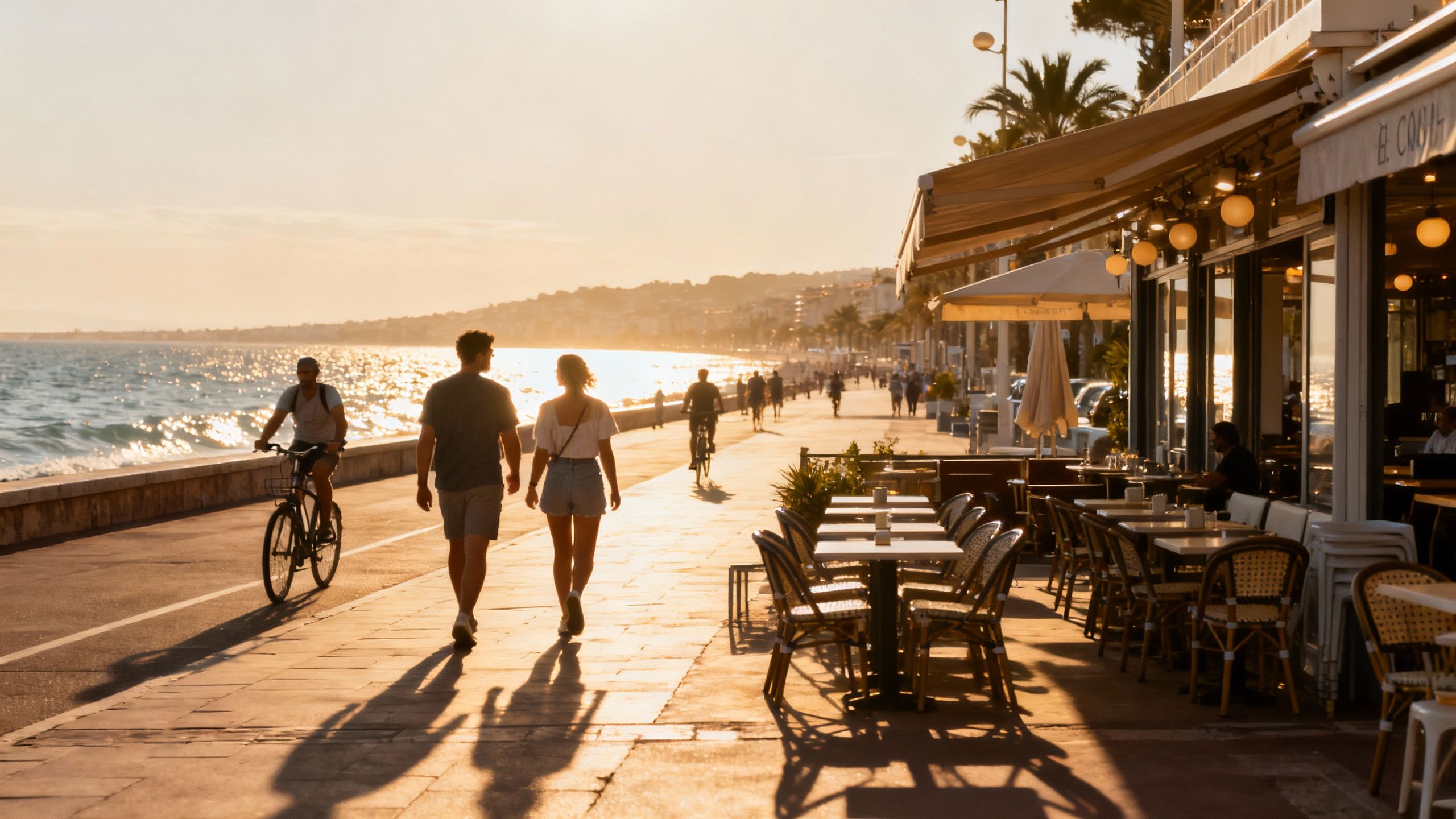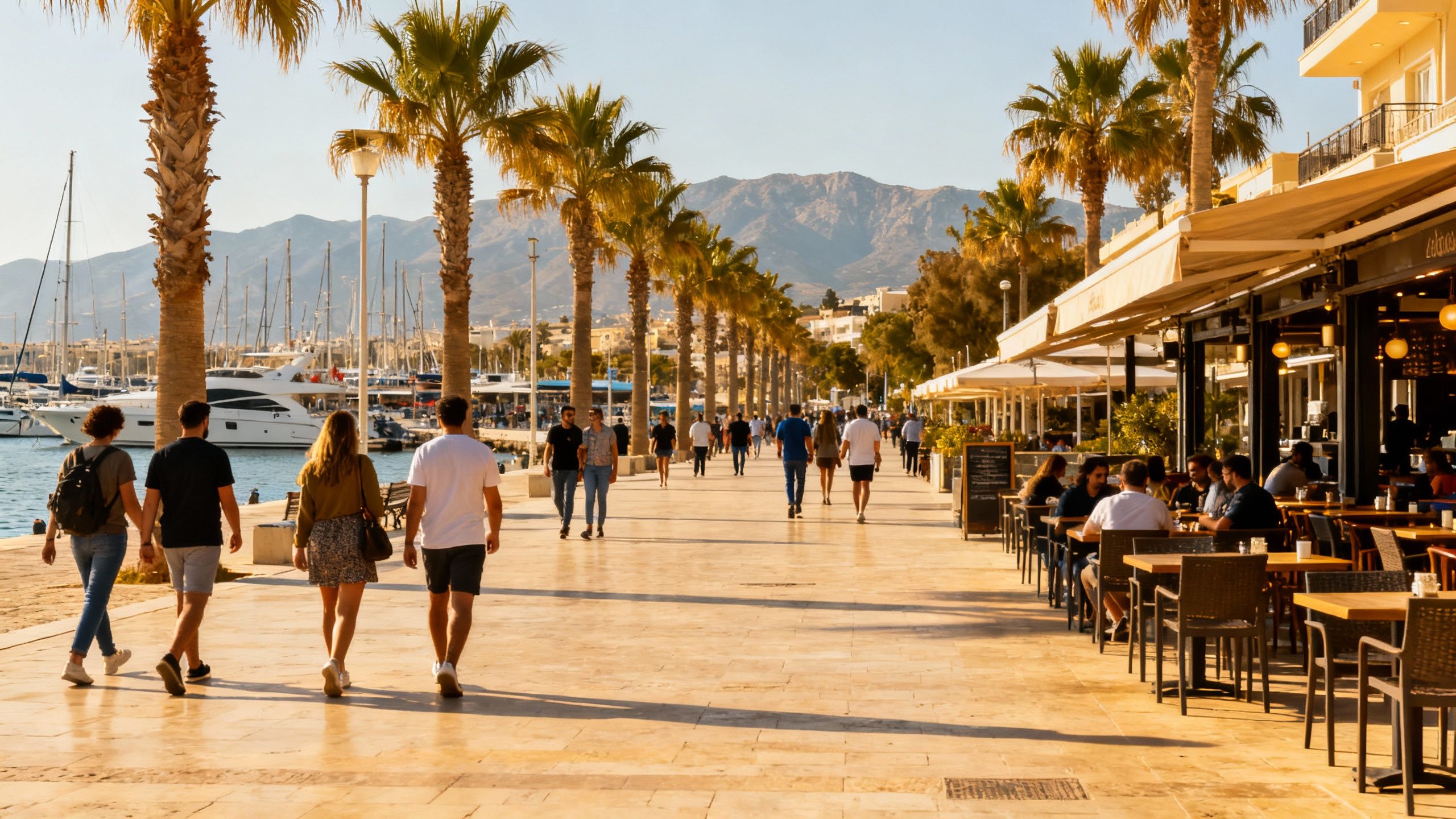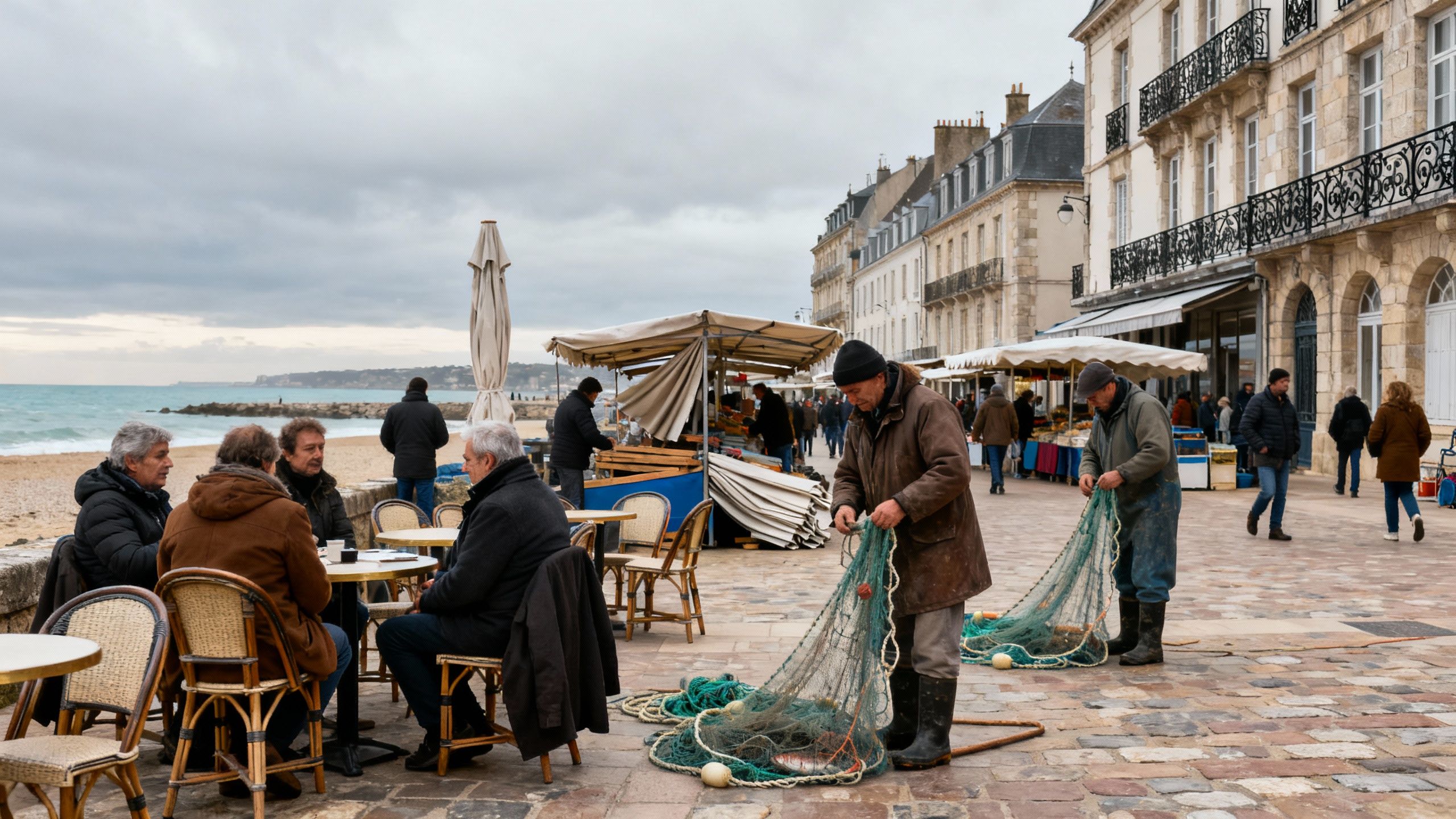Why Croatia’s Coastal Price Story Is Misread
Croatia’s rising prices hide regional nuance. Match seasonal lifestyle choices with property types to buy smart — visit shoulder season, check local rhythms and factor policy shifts.
Imagine walking from a morning fish market in Split to a late-afternoon espresso on Šibenik’s waterfront, then returning to a quiet stone lane where neighbours know each other’s names. Croatia feels like compressed Mediterranean life: sunlit coastlines, historic cores, island rhythms and a surprising interior calm. That sensory pull is why international buyers often arrive with a single question — is it affordable and investible? Recent data show price growth, but the story behind those numbers reveals nuance for buyers willing to think seasonally and regionally.
Living the Croatian lifestyle
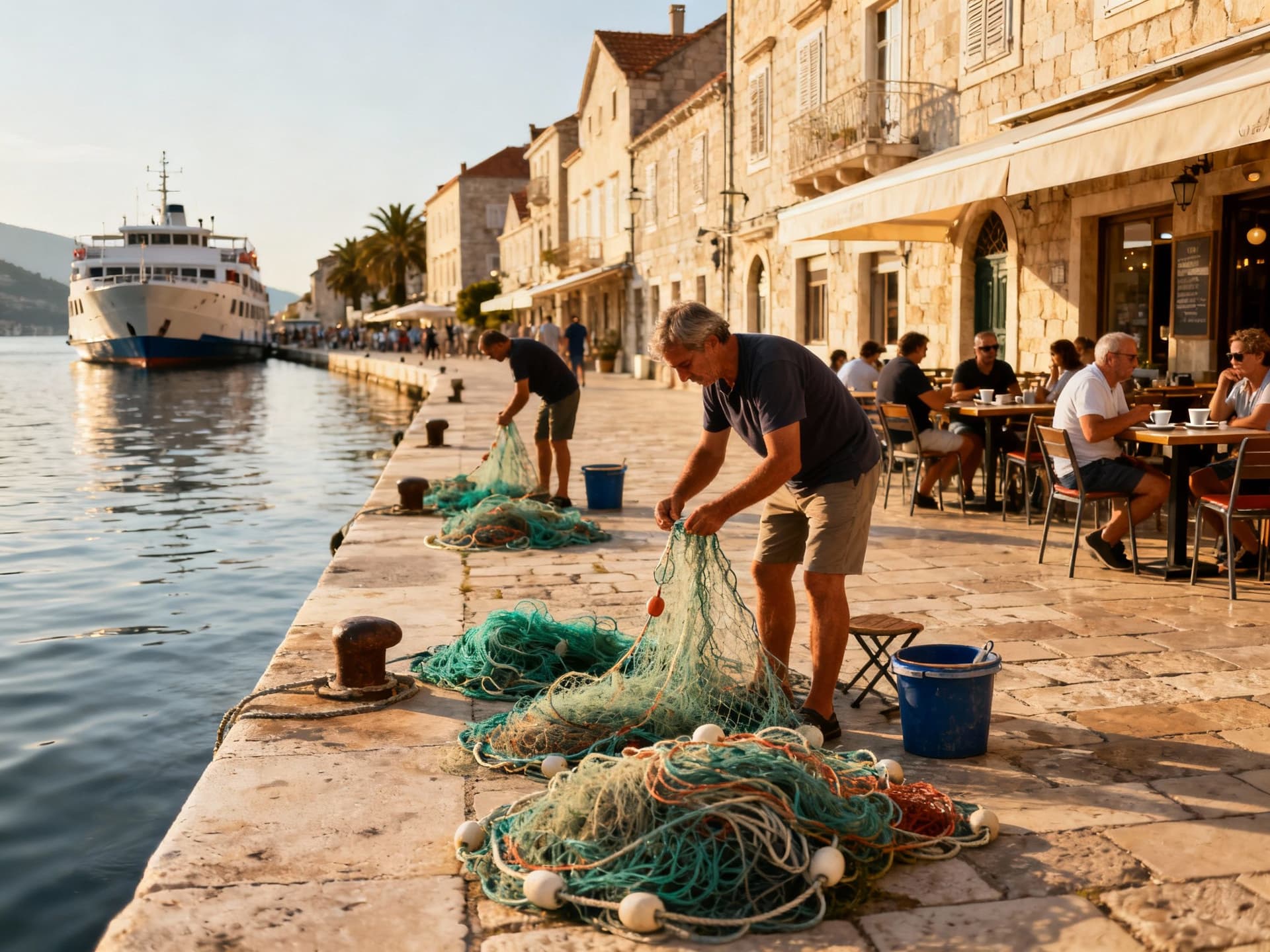
Daily life in Croatia is a layered rhythm: weekday markets in Zagreb, weekend island crossings in summer and quiet coastal towns that feel full of life in July but almost private in November. The coast is seasonal — lively cafés, late-night konobas (taverns) and ferry timetables that matter — yet inland towns and cities offer year-round routines with lower housing pressure. Official statistics show national house prices rising, but regional splits matter; the Adriatic coast, Zagreb and ‘the other’ interior counties move at different speeds. Understanding this rhythm helps you match the life you want to the market you enter.
Coastal contrasts: Dubrovnik, Split, Istria
Walk Dubrovnik’s Stradun and the cost pressure is visible: tourist-season demand, UNESCO limits on new construction and limited land push prices up. Split blends a lively port-city feel with fast-growing new-builds near Bačvice and Voštarnica — popular with renters and seasonal owners. Istria nods to Italianate cafés, hilltop villages and wine roads; prices are higher around Rovinj and Pula but follow different demand drivers than Dubrovnik. These are not monoliths: within each county you’ll find quieter coves and inland villages where value looks very different.
Everyday pleasures that shape neighbourhood choice
For many buyers the decision comes down to simple routines: morning markets (Dolac in Zagreb or Pazar in Rijeka), cycle routes along the Riva in Split, ferry access from Zadar to nearby islands, or schools and healthcare in Varaždin. Food culture — grilled fish, peka, Istrian truffles — and public spaces determine where you’ll actually spend time. Seasonality changes what’s available: some beaches are private in summer, others quiet and perfect in shoulder months. Choosing where to buy means mapping daily life first, then matching property types to that map.
- Dolac market (Zagreb) mornings; Split Riva evening strolls; Rovinj hilltop aperitifs; Korčula island weekend ferries; Opatija lungomare walks; Local konoba dinners on Pelješac
Making the move: practical considerations that preserve lifestyle
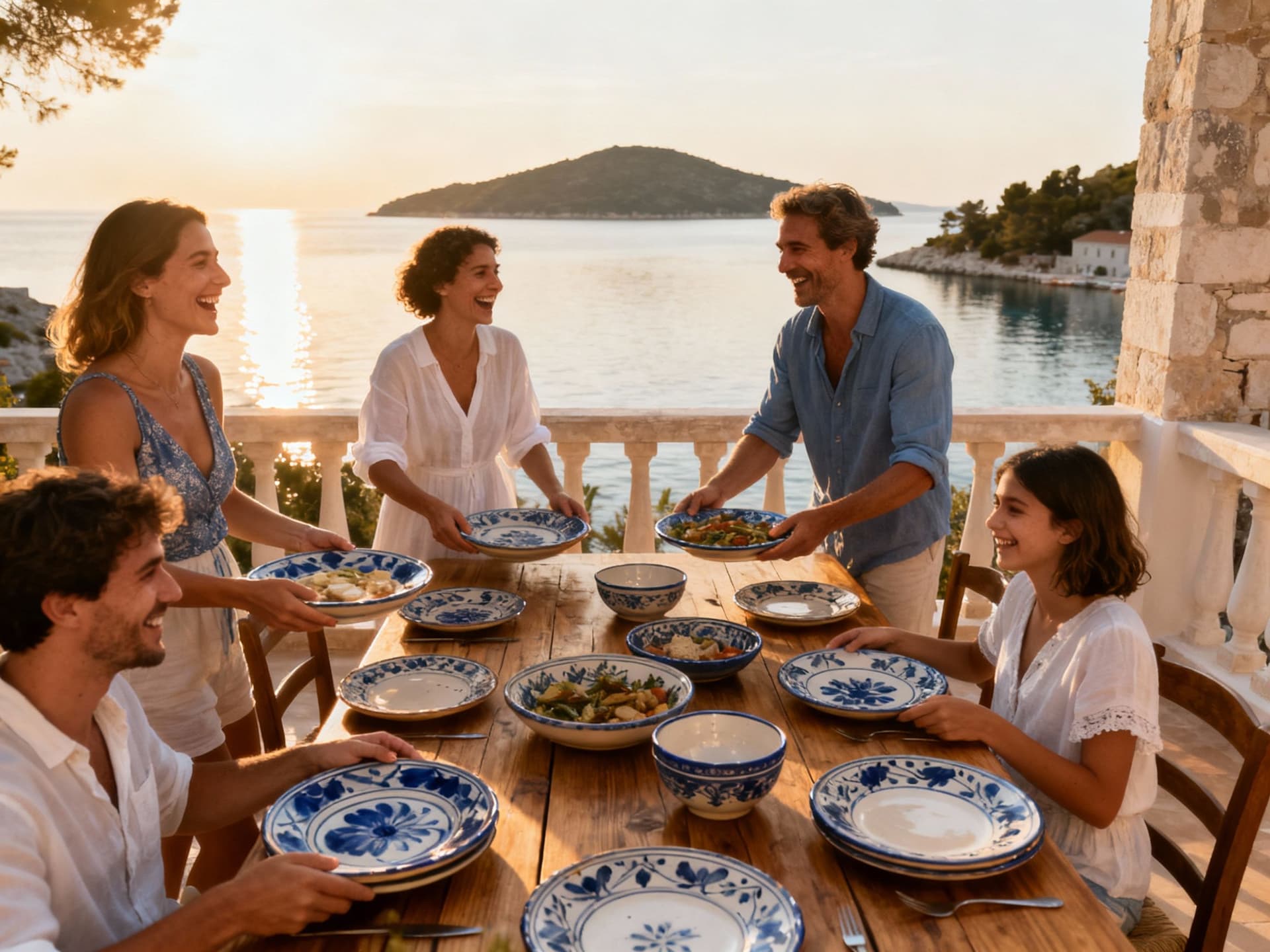
Turning a lifestyle dream into a purchase requires practical decisions that protect both routine and returns. Recent policy signals — including proposals to shift taxation toward property to discourage speculative short-term lets — change the investment calculus for coastal assets. Rising national prices mean timing, property type and precise location matter more than ever; new-builds behave differently from renovated stone houses in tourist towns. A focused search strategy aligns the life you want (schooling, market proximity, ferry access) with the property type that supports it.
Property styles and how you’ll live in them
Stone villas with courtyards offer low-energy, indoor-outdoor living and suit slow summers and mild winters; their maintenance and renovation needs are the trade-off. New apartments in Zagreb or coastal developments give modern insulation, lifts and predictable service charges, which matter for year-round comfort and rentals. Terraced townhouses in Dalmatian towns place you in the heart of community life but require acceptance of narrow streets and fewer parking options. Match the property shell to your daily habits: if you love market mornings, live near a market; if you want island solitude, accept ferry schedules.
Working with local experts who know neighbourhood life
- 1. Ask agents for recent rental performance and seasonality patterns to see how a property lives in summer and winter. 2. Request utility bills and winter energy performance—coastal mildness can hide poor insulation. 3. Use a local notary and solicitor experienced with foreign buyers to clarify land registry and any mortgage limitations. 4. Insist on viewing the exact street at different times (weekday morning, weekend evening) to sense noise and community rhythm.
Insider knowledge: what expats wish they'd known
Expats often tell the same story: they underestimated seasonality, overestimated tourist income and under-prepared for local bureaucracy. In 2025 foreign purchases still make up a meaningful share of transactions in coastal hotspots, but that share has softened as prices climb and regulations tighten. Integration is gradual: learning a few phrases of Croatian opens doors at markets and with neighbours, and joining local associations (wine, sailing, culture) accelerates belonging. Practical preparedness — realistic rental expectations, a reliable property manager and local banking guidance — smooths the transition from visitor to resident.
Cultural rhythms that affect property life
Community ties are strong in small towns: cafés double as notice boards and long-term neighbours often welcome newcomers who invest time. Seasonal closures are real — some bakeries and workshops shut for weeks in winter — so plan provisioning and service access accordingly. Public events like St. Blaise in Dubrovnik or local wine festivals reshape traffic and short-term rental demand; if you buy in a historic centre, expect festival crowds and local rules that protect heritage. Respecting rhythms helps you choose a home that feels lived-in rather than merely owned.
- Red flags and practical checks: limited parking; unclear ownership history; properties without coastal access rights; unusually high short-term rental promises; missing building permits
Croatia’s market is evolving: national indices recorded double-digit annual growth in 2025, but that headline masks regional variance and the difference between new-build and existing stock. If you prioritise lifestyle over yield, look for villages and small towns with ferry links or quick drives to regional centres — these often give better value and a truer Croatian pace. If investment is equally important, target well-located new developments near transport hubs or established tourist routes, but factor in potential tax changes and seasonal vacancy.
Picture yourself six months after closing: you know the baker’s schedule, your favourite konoba accepts you as a regular, and shoulder seasons are your secret time. The right property in Croatia does more than hold value: it shapes your daily life, your friendships and your weekends. Work with local specialists who treat lifestyle criteria as primary data; that’s how you protect both the dream and the balance sheet.
Next steps: visit in shoulder season, list 3 non-negotiables (market, ferry, school), ask agents for winter utility bills and recent sale comparables, and request neighborhood visits at different times. If you want help translating lifestyle priorities into targeted searches across Dalmatia, Istria and Zagreb, local specialists can map scenarios for both living and investment outcomes. Croatia rewards patience: buy with the life you want in mind, not with a headline number.
Danish relocation specialist who has lived in Barcelona since 2016. Helps families move abroad with onboarding, schooling, and local services.
